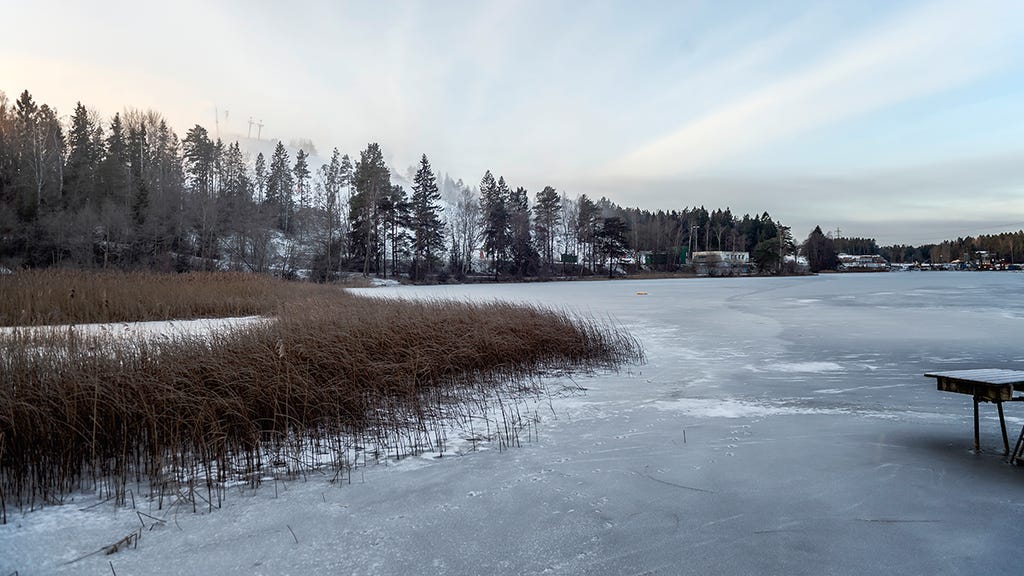Paragraph 1: Introduction to Strandskydd and Proposed Changes
Strandskydd, Sweden’s coastal protection law, aims to ensure public access to shorelines and preserve vital habitats for flora and fauna. However, the current regulations have been criticized for hindering development, particularly in rural areas and for small businesses. The ruling coalition government, comprised of the Tidö parties (Moderates, Christian Democrats, Liberals, and Sweden Democrats), has long advocated for reforms to these regulations. They have now announced the first phase of changes, focusing on deregulation of smaller bodies of water and streamlining the process for businesses operating near shorelines.
Paragraph 2: Specific Changes in the Initial Reform Phase
The proposed amendments, presented in a draft bill to the Swedish Legislative Council, include the removal of general strandskydd protection for small lakes, watercourses narrower than two meters, and artificial lakes created after June 30, 1975. This deregulation targets areas where the government believes the current strandskydd restrictions provide minimal biodiversity benefits while significantly impacting landowners’ property rights. The aim is to facilitate housing construction in waterfront locations and simplify regulations for landowners, promoting what government representatives describe as "common sense" approaches.
Paragraph 3: Justification for the Proposed Changes
Government officials argue that the current strandskydd regulations unduly restrict individual landowners, hindering both residential development and business activities. They assert that the ecological benefits of protecting these smaller water bodies are insufficient to justify the limitations imposed on property owners. The government also emphasizes the need for a more localized approach to strandskydd, empowering municipalities to make decisions that better reflect their specific needs and circumstances. This reflects a broader philosophy of decentralization and local autonomy.
Paragraph 4: Focus on Supporting Businesses and Rural Development
A key aspect of the proposed changes is a new dispensation for businesses looking to operate near shorelines. This will allow companies, including cafes, restaurants, and tourism operators focused on hunting and fishing, to obtain permits more easily. The requirement for these businesses to be profit-oriented, even if it’s not their primary source of income, aims to stimulate economic activity and development in rural areas, which the government believes have been disproportionately affected by the current strandskydd regulations.
Paragraph 5: Future Plans for More Comprehensive Reform
The initial changes are just the first step in a broader plan to overhaul the strandskydd system. The government is planning a further inquiry to explore more extensive revisions, including granting municipalities greater authority over housing development in shoreline areas. This reflects the government’s commitment to transferring decision-making power to local authorities, allowing them to better tailor regulations to their specific needs and priorities. The details of this inquiry are currently under development.
Paragraph 6: The Political Context of the Strandskydd Reform
The strandskydd reform represents a significant policy shift, fulfilling a long-standing promise of the Tidö parties. It reflects their commitment to deregulation, property rights, and local autonomy. While the first phase of changes targets smaller water bodies and businesses, the planned inquiry signals a broader ambition to reshape the strandskydd landscape. The government’s justification for these changes centres on balancing environmental protection with the need for economic development and individual property rights. The long-term impact of these reforms on Sweden’s coastal areas and the balance between development and environmental protection remains to be seen.














